Over the last two centuries, artists in South Africa have responded to European colonialism in different ways.
19th - 20th century

Over the last two centuries, artists in South Africa have responded to European colonialism in different ways.
19th - 20th century
We're adding new content all the time!
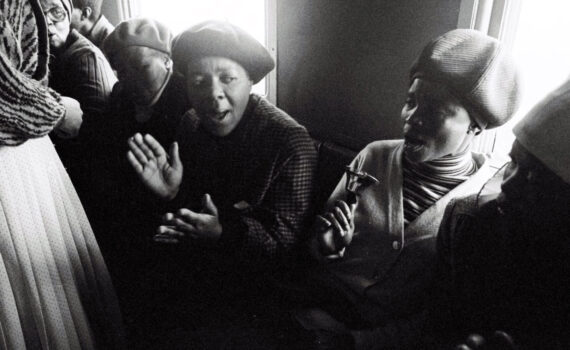
Santu Mofokeng's Train Churches shows people preaching, praying, healing, dancing, and making music while commuting on train cars in South Africa.
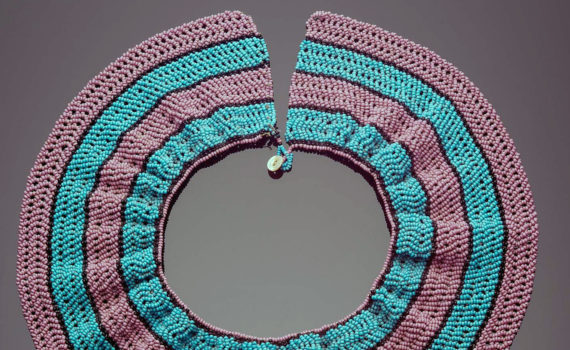
A relatively humble example of Xhosa beadwork became a potent symbol of tradition as well as a statement of defiance in South Africa.
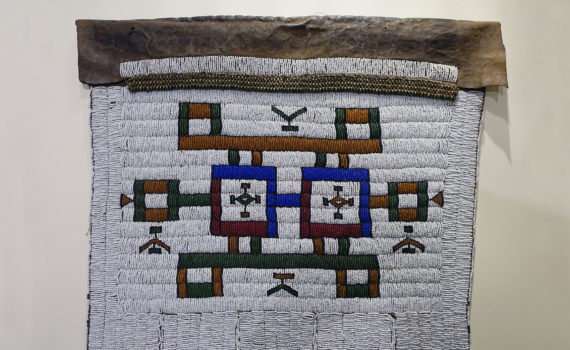
These decorated aprons were gifts from the groom’s family to his wife, and signified her new role in society.
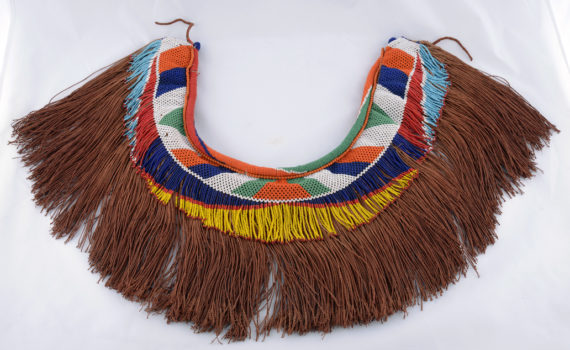
Arts of adornment, like the thethana, have the amazing ability to function as signifiers of social belonging and individual status.
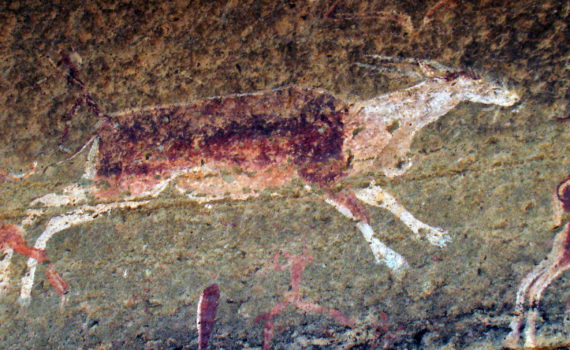
This spectacular site contains caves and rock-shelters with the largest, most concentrated group of paintings in sub-Saharan Africa.
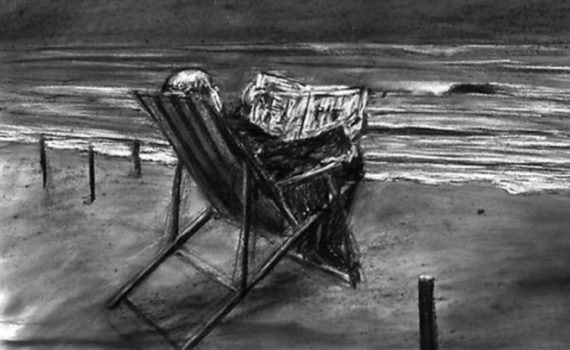
Why watch the tides when you can read about it in the newspaper? Kentridge comments on social class in this drawing.